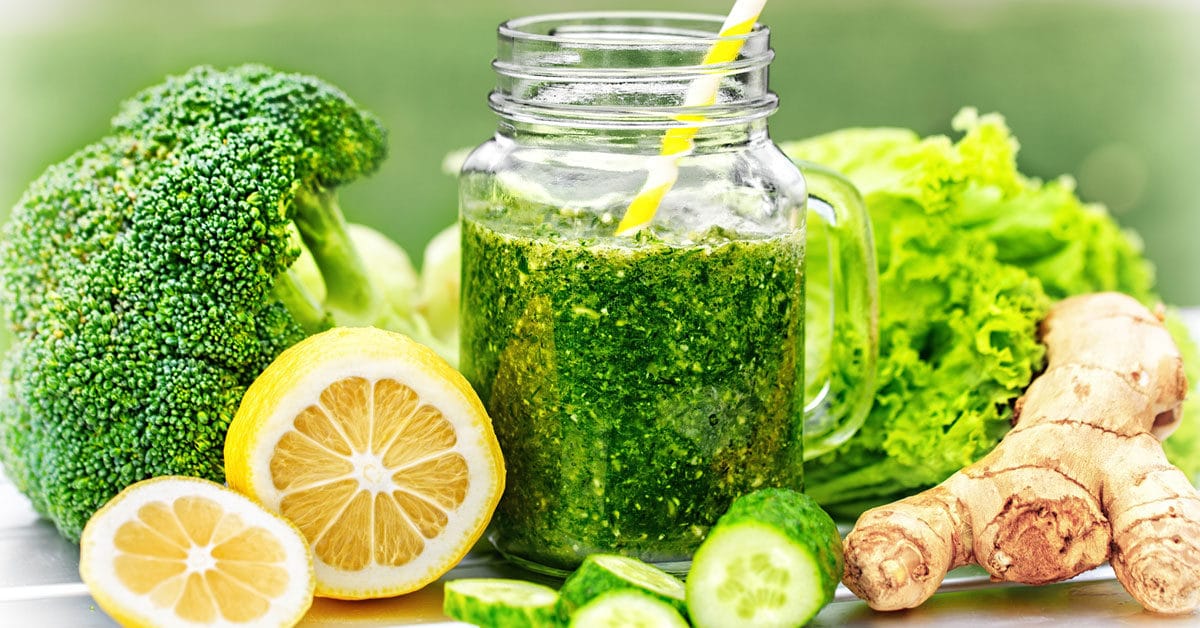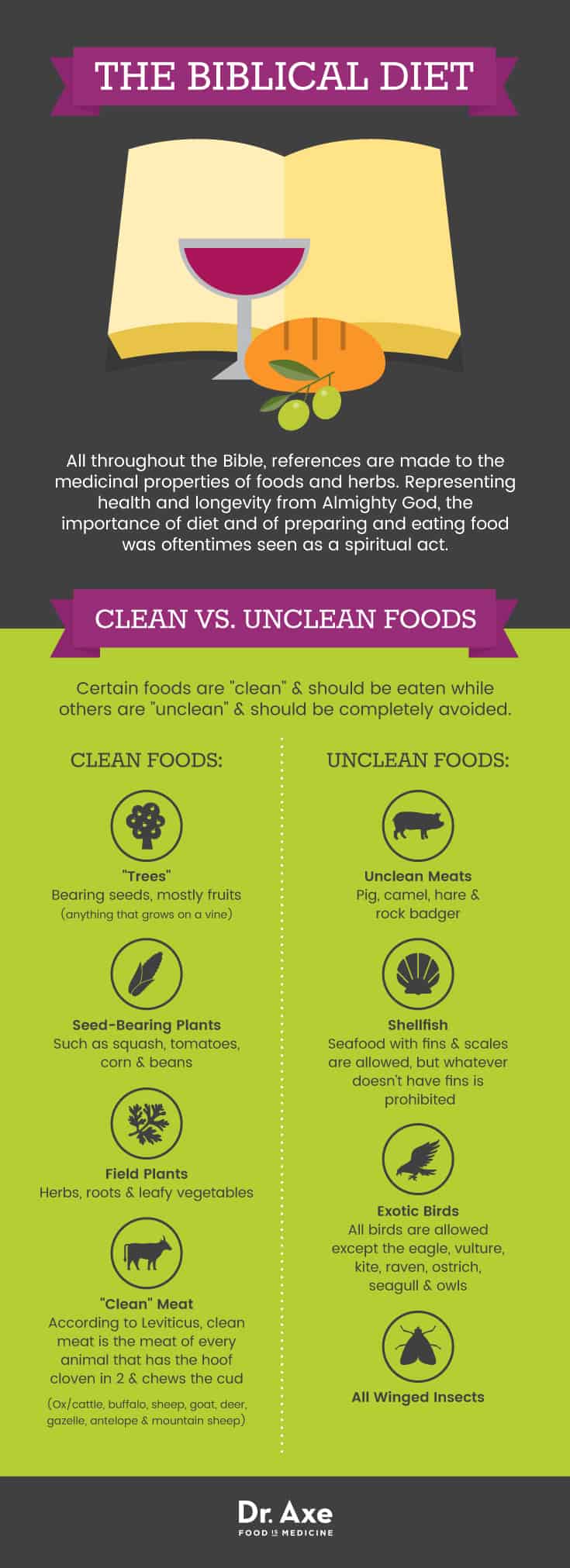Feeling lethargic, not up to your old self, perhaps getting sick easily or experiencing depression? Maybe a serious look into detoxing might offer some relief or refresh your system. The following article was taken from The Candida Diet blog, and obviously it was written specifically for people with candida. That said, the article extends to anyone wanting to purge the buildup of excessive chemicals and environmental toxins we are all exposed to through just daily living, food shopping and consuming, and simply moving around in our environment.

Unfortunately, these toxins can
have a catastrophic effect on your body. Everyday toxins accumulate in
the body over time, building up to dangerous levels. They’re absorbed by
your cells, muscles, and soft tissues. Eventually, they weaken your
entire immune system.
Research has shown that chemical pollutants can suppress normal immune function,
increasing your susceptibility to infections and diseases. Considering
70 percent of your immune system is in your gut, this increases your
susceptibility to pathogenic bacteria, fungi and yeast – such as Candida
overgrowth.
The good news is that there are many ways to detoxify
your body naturally, through diet, supplements, and your daily habits.
Make these techniques a regular part of your daily lifestyle and you’ll
be on your way to a toxin-free, healthier you!
Natural Detoxification Through Diet
Here are some simple, detoxifying changes that you can make to your diet today.
1. Increase your water intake
Water helps flush toxins out of
your body in the form of sweat, tears, and urine. Choose pure, filtered
water from a safe source.
2. Cut the sugar
Sugar not only increases calorific intake, but can cause inflammation and feed candida. Artificial sweeteners are no better – they’re also toxins!
3. Eat organic
Many
commercially-produced fruits and vegetables contain dangerous
pesticides and chemicals, while meats contain antibiotics and hormones. Organic food has more nutrients and fewer pesticides.
4. Cut processed foods
These often contain preservatives and artificial flavorings that are not only toxic, but increase your appetite.
5. Add fermented foods and drinks to your diet
These are an excellent source of probiotics which help fight pathogens and yeast. Probiotics also strengthen the immune system, and improve digestion and detoxification.
Sauerkraut
is a good source of calcium glucarate, a powerful detoxifier. Research
has shown that calcium glucarate helps prevent cancer of the breast and
colon.
Natural Liver Detoxification
The
liver is the largest organ in the body. It’s also the organ primarily
responsible for detoxification: flushing out the various toxins we
encounter in our diet, lifestyle and environment. Every one of our body
systems is dependent on the liver for ‘cleaning’ the blood of
impurities.
The more toxins we ingest, imbibe, and encounter, the
greater the burden on the liver. Signs of an overloaded liver include
fatigue, headaches, digestive issues, skin problems, and weakened immune
function.
A number of supplements can support liver function, including:
6. Milk thistle
This herb is famous for its active ingredient, silymarin. Silymarin is an important antioxidant and nature’s very own liver nurse. It supports and protects the liver by optimizing liver function and detoxification as well as repairing damage done to liver cells caused by disease, alcohol and drugs.The active ingredients in milk thistle act like your liver’s own personal gatekeeper. It binds to the outside of the liver cell and when toxins enter the body, it fends them off by blocking entry to the liver cell.Silymarin also takes care of toxins that have already found their way into the cell, seeking them out and neutralizing them. Neutralized toxins are then either removed from the bloodstream or converted into water-soluble forms which can be sent out of the body as harmless waste (through the bowels, in your urine or in sweat).Clinical studies have shown that these mechanisms help to maintain liver health and significantly reduce the risk of long-term liver damage.
7. Molybdenum
Molybdenum is a mineral naturally present in many foods. It’s especially important to the liver in flushing out toxins.Molybdenum is required for helping the body make several detoxification enzymes, including aldehyde dehydrogenase and aldehyde oxidase. These enzymes work to neutralize acetaldehyde, a harmful metabolic byproduct of alcohol, yeast and fungi.Candida overgrowth often leads to an excess of this neurotoxin, causing it to build up in the blood, liver and other tissues. This seriously burdens the immune system.Molybdenum also helps the body synthesize enzymes that oxidize the sulfites in preservatives, as well as neutralizing toxins involved in protein metabolism. In addition molybdenum is involved with expelling excess copper from the body and preventing dental cavities caused by minerals stored in tooth enamel.Most importantly, molybdenum also helps rid the body of toxins that accumulate when Candida yeast cells die. The die-off process (or Herxheimer reaction) can deplete molybdenum stores very quickly, so it’s important to replace them during your detoxification.Look for a supplement that contains molybdenum glycinate, as this is the most bio-available and best-tolerated form. A good example is Liver Support by Balance ONE.
8. Pantethine
A derivative of vitamin B5, pantethine is vital for healthy detoxification. Pantethine also benefits Candida sufferers by supporting healthy metabolism, particularly when it comes to breaking down acetaldehyde. Acetaldehyde is a nasty chemical that affects your metabolic, endocrine, neurological and immune systems. It’s produced by the Candida yeast during your Candida infestation, and it is also released by yeast cells during die-off.Pantethine helps to flush this poison from the body by working with other bodily functions that make co-enzyme A, a nutrient required for metabolic function. Acetyl Coenzyme A is the active form of pantothenic acid, and it is formed when coenzyme A combines with the acetate in your cells.Regular intake of pantethine can lower overall acetaldehyde levels in the body. A study in Japan showed that the pantethine prevented a rise in blood acetaldehyde in people who had ingested alcohol.
Natural Detoxification Habits
9. Go Chemical-Free
Reduce
the toxic load on your body by switching to organic, natural personal
care and household products. Natural alternatives to chemical-laden
products are now widely available and better for the environment, too!
Another
great tip is to make sure that you air out your house regularly. Try to
open a few doors and windows on a regular basis. That fresh air will
help to eliminate the VOCs that are off-gassed by carpets, furniture and
paint.
10. Reduce stress
You can’t avoid all of them, but you
can learn to manage them more effectively. Daily exercise such as
jogging or yoga is a good start, as is mind-body exercises such as deep
breathing. Stress can directly affect your digestive system.
11. Exercise
Exercise activates your lymphatic system and
increases the level of oxygen in your bloodstream. This helps to
optimize immune function, reduce the Candida colonies in your gut and
boost digestive transit time.
12. Sauna
Sauna treatments
increase body temperature, which restricts the survival of viruses and
other pathogens. Saunas can also help to increase blood circulation,
which oxygenates your cells and assists the removal of toxins from your
bloodstream. Not only that, a sauna will open your pores and keep your
skin’s elimination pathway running smoothly. Sweating helps to remove
toxins and can help to relieve some of the symptoms associated with
Candida.
13. Skin Brushing
This helps to clear away toxic
metabolites by stimulating the lymphatic system. Firm but gentle brush
strokes across the skin will boost blood circulation, allowing for
faster elimination of toxins. Use a brush with natural bristles and
start from your feet. Use slow, gentle, circular movements and move up
your body, brushing towards your heart.
Detox Yourself of Candida – Everyday
Detoxification
is one of the most important elements of a successful anti-Candida
program. With all the toxins we face in everyday life, our body’s
natural detoxification pathways can sometimes fall short. That’s why
it’s hugely important to give our liver, skin and blood a helping hand!
Reducing
the toxic load on your body is a start, but there are real benefits in
supplementing body with quality nutrients through diet and supplements.
And anyway, who doesn’t love a good sauna?
For more tips on reducing your toxic load, beating Candida, and recovering your health, check out our Ultimate Candida Diet program.










